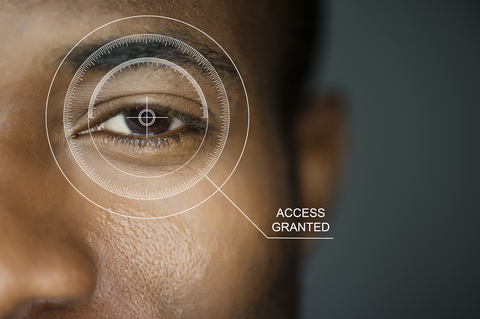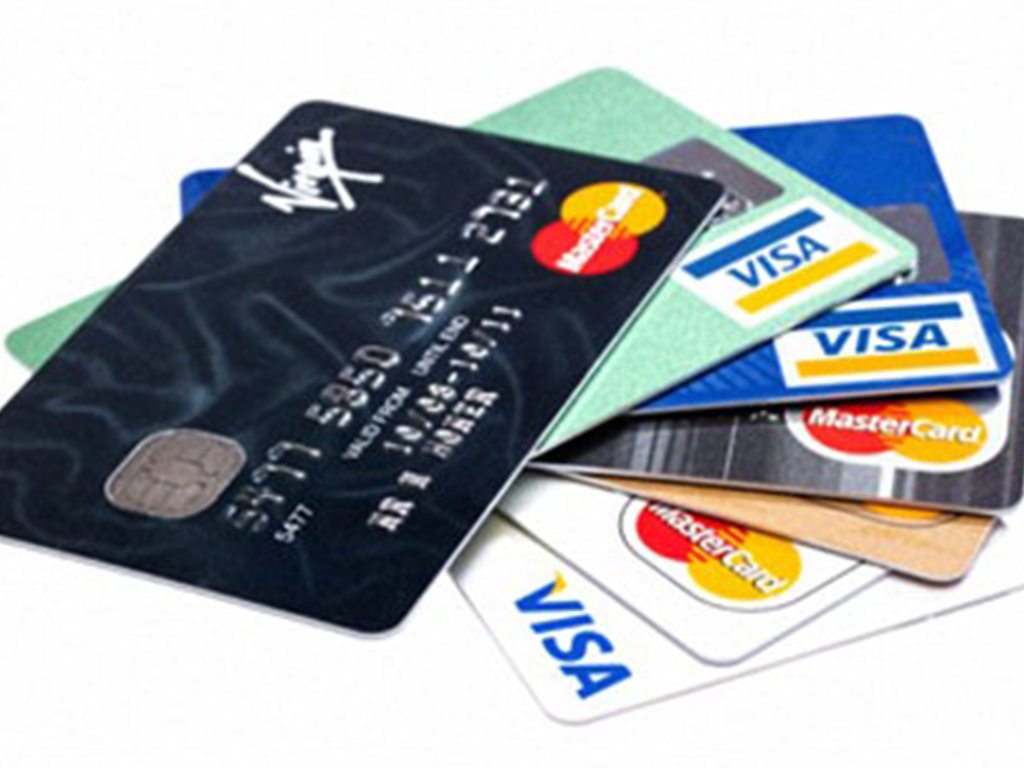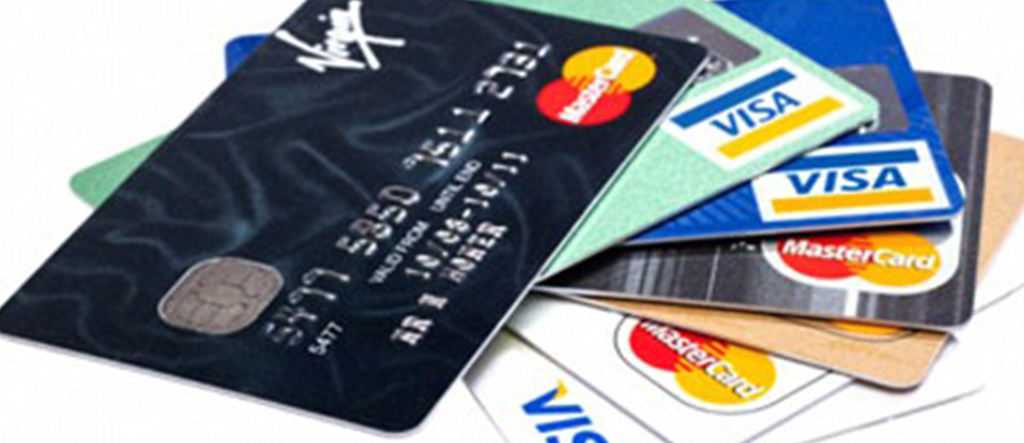Despite the early hype around Apple Pay and mobile wallets, it’s increasingly clear that adoption of these technologies has been tepid and peek levels of usage may be behind us.
An analysis by Goldman Sachs shows Apple Pay adoption in the US is ‘underwhelming by nearly every objective standard’.
Business Insider: Apple Pay Adoption Underwhelms
PYMNTS.com published an insightful analysis earlier this year around the trends in Apple Pay adoption and estimates that after 2.5 years Apple Pay accounts for only 1/10th of a percent of retail spend.
PYMNTS: Apple Pay Adoption Down
Another study of debit card usage reported by the Financial Times similarly found that debit transactions with all mobile wallets account for only 1/4th of a percent of transactions.
Financial Times: 2017 Debit Issuer Study
It’s starting to look like only a core group of die-hard fans are really using these mobile wallets. My guess is these are the same people still wearing Apple watches but I may be wrong.
Security of Apple Pay still a concern for customers
A recent article from the Wall Street Journal pinned the decline on security fears and merchants not doing enough to train their staff.
WSJ: Apple Pay – Wary Shoppers and Confused Clerks
I’ll go on record and say I’m actually impressed with the security features of Apple Pay and most concerns from users are misplaced.
With that said, the underlying transaction security relies on the same standards as EMV chip cards and the onboarding process for Apple Pay creates an avenue for counterfeiting that EMV cards were specifically designed to prevent.
The extra layer of fingerprint security helps with lost/stolen fraud but consumers are also learning that the fingerprint sensors on their phones are not as secure as they thought.
A recent NY Times article highlights the work of researches who were able to fool fingerprint sensors with a set of fingerprints with “common” traits.
NY Times: Fingerprint Sensor not as Safe as you Think
Yikes! I’m going to start using my toes!
Too many clicks!
Unlocking your phone adds extra steps for the customer and because Apple Pay is not accepted everywhere you still have to carry your plastic cards wherever you go.
As cool as it sounds to use your phone to pay at a store, the reality is that it’s not much easier than just pulling a card out of your wallet and putting it in the reader.
Adding cards to the wallet can also be a lengthy process depending on your bank’s fraud requirements and has to be repeated every time you upgrade your device.
It seems that most people are now comfortable enough with chip cards that they don’t need another option for payment.
What’s next?
Personally, I’m happy with my chip cards and once banks start rolling out Chip Shield, online payments can be as secure as in-store payments.
Of course, if someone invents Telepathy Pay that orders me a pizza whenever I’m hungry I will adopt it in a New York slice minute.
Read More




